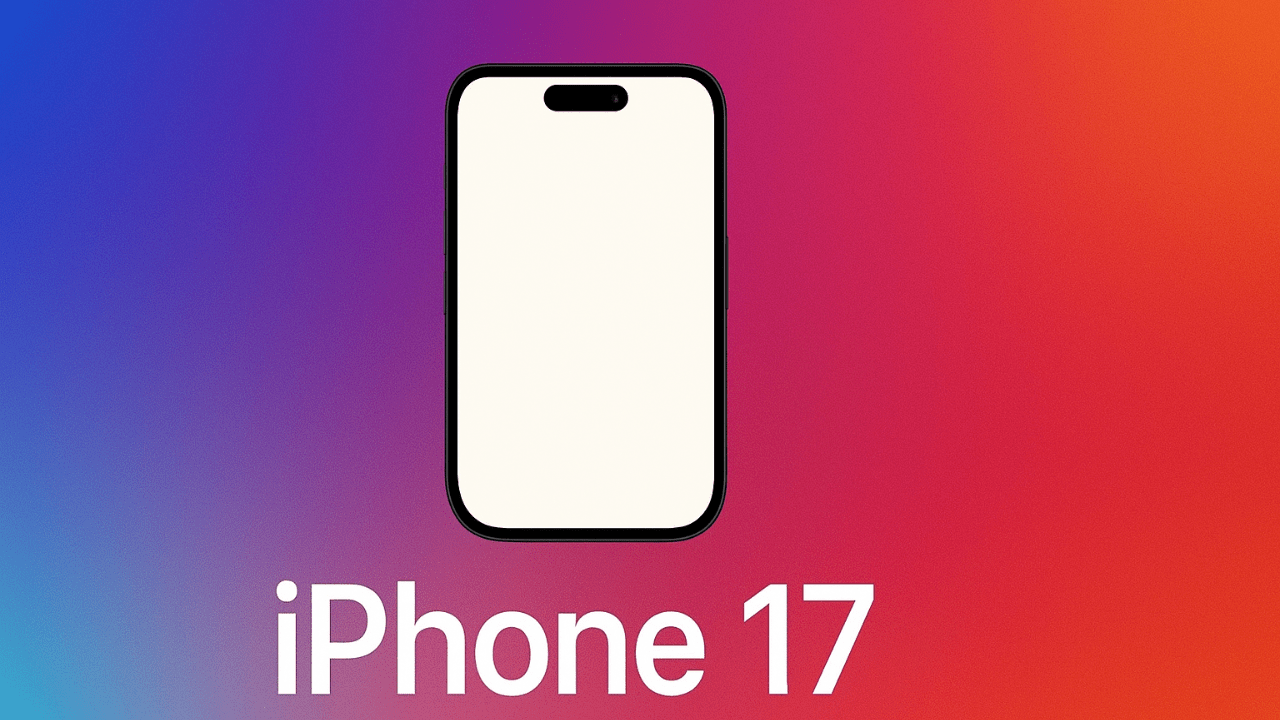Every so often, something small changes—and the world tilts just enough for us to notice. A new scent in the air before rain. A flicker in someone’s eyes before they speak. Or a moment when you pick up a device and realize it no longer feels like one. It listens, anticipates, and understands—not perfectly, but eerily close. That shift, that nearly invisible nudge into tomorrow, is what the iPhone 17 represents—not because it’s louder, faster, or shinier, but because it dares to be quieter in its genius.
Think of it this way: when was the last time a piece of technology made you pause—not out of excitement, but out of awe? Not because it dazzled you with numbers or specs, but because it felt… different. Like it belonged to a version of you that hasn’t fully arrived yet. The iPhone 17 doesn’t scream for attention; it hums with quiet certainty, like a secret only your future self knows how to use.
This isn’t just a product cycle. It’s a threshold.
And once you’ve stepped over it, the world behind you feels a little more distant. A little less sharp. So let’s not talk about what it does. Let’s explore what it unlocks.
iPhone 17 release date: When is the next iPhone coming out?
Every year, September feels like a reset button in tech—with Apple leading the charge. If all goes according to their well-established pattern, the iPhone 17 will be announced in mid-September 2025, most likely during the second or third week. But this time, there’s more excitement in the air. Apple has been unusually quiet, tightening leaks and keeping plans under wraps, which only fuels speculation. Multiple sources have hinted that this won’t be a routine refresh—it’s a turning point. With a redesigned lineup and a rumored new Air model, this launch could feel more like a reinvention than an iteration. Expect pre-orders to begin the Friday after the keynote, followed by a global release within ten days.
iPhone 17: Price
Pricing this year may shift slightly upward—especially for the higher-end variants. While the standard iPhone 17 is expected to start around $899, the new Air model could slot in a little lower to appeal to lightweight users, likely in the $799 range. The Pro and Pro Max models, on the other hand, could push into ultra-premium territory, with the Pro Max possibly starting at $1,399. Apple seems to be leaning into luxury by further distinguishing each tier. If the rumors around new materials and advanced AI-driven features are true, these price bumps could be seen as a trade-off for a deeper experience—not just a hardware upgrade.
iPhone 17: Colors
Apple rarely makes bold color statements—but when it does, they tend to age well. For the iPhone 17, insiders expect a more refined approach. Instead of vivid or pop-style shades, Apple may go for minimal, elegant tones that give the phone a jewelry-like presence. Think brushed textures, muted metallics, and soft gradients that reflect the light in subtle ways. Colors will play an emotional role here—meant to appeal not just visually, but psychologically. It’s less about being flashy and more about how the device feels in your hand and in your daily life. Expect the finishes to convey calm, class, and modernity.
iPhone 17 colors
Standard models are expected to feature a set of three or four refined shades. Mist Blue—a cool, soft blue with a hint of silver—is one rumored option. Soft Graphite could return as a fan-favorite dark tone, striking the perfect balance between sophistication and neutrality. Pale gold may also make a debut—warmer than silver but more subdued than yellow gold. These colors aren’t designed to stand out in a crowd—they’re meant to blend into high-end settings. Apple’s color choices have evolved into silent statements, and the iPhone 17 lineup seems poised to continue that tradition.
iPhone 17 Air colors
The new Air model might get more playful treatment. With its thinner, lighter build, Apple may offer colors that reflect a more expressive side of the brand. Early concept leaks suggest finishes like Sky Quartz—a pearlescent tone that changes with light—and Clay Pink, a soft, matte pink-beige hybrid. These shades could appeal to users who want personality without sacrificing polish. The Air’s visual identity may help it stand apart not just in price and size, but in aesthetic tone. If this model is indeed aimed at trend-conscious users, the colors will likely reflect creativity, lightness, and individuality.
iPhone 17 Pro / Pro Max colors
The Pro and Pro Max variants are expected to continue Apple’s trend toward exclusivity. Apple may introduce Titanium Silver—a cool, premium metallic inspired by the Apple Watch Ultra line. Obsidian Black, a deep, glassy finish, could make a comeback for those who prefer something stealthier. Champagne, a brushed gold-silver hybrid, is also rumored, bringing a sense of timeless elegance. These colors won’t be loud—but they’ll be unmistakable. Every detail is expected to reflect craftsmanship and refinement, speaking to users who want their device to feel like a high-end tool rather than a fashion accessory.
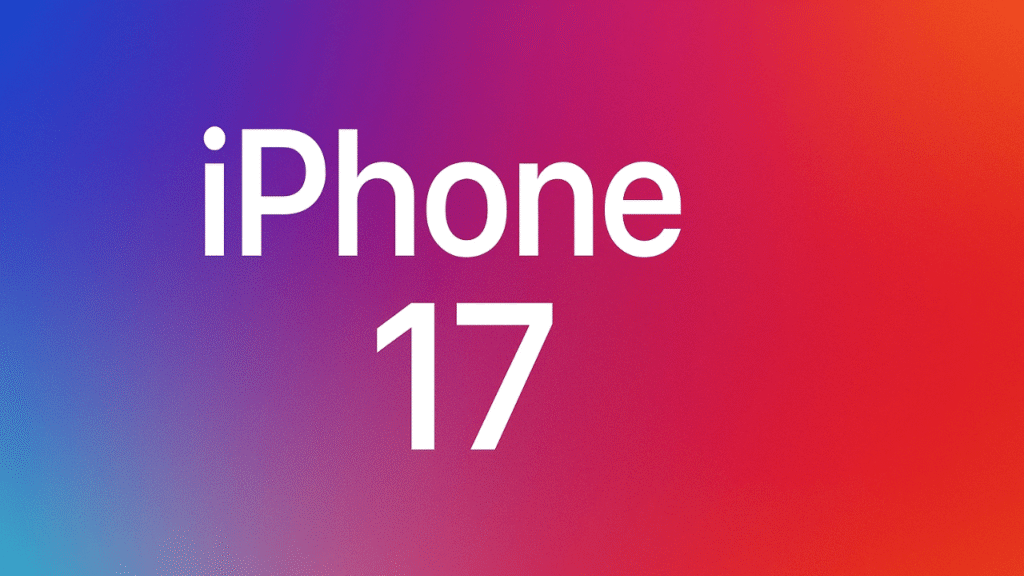
iPhone 17: New slimmer ‘iPhone 17 Air’ model
This could be Apple’s boldest design decision in years. The new ‘iPhone 17 Air’ is rumored to be the slimmest iPhone yet—not just thinner in size, but lighter in feel, and possibly even a bit more compact in footprint. Apple is reportedly using new materials and internal restructuring to achieve this form factor without sacrificing battery life or performance. This model could appeal to those who love the old iPhone SE or miss the feel of older, less bulky phones. The Air might also come with exclusive finishes, setting it apart visually as well as functionally. It’s a modern, minimal iPhone made for comfort-first users.
iPhone 17: Cameras
Photography on the iPhone 17 lineup is expected to take a big leap forward—especially through AI integration. Even the non-Pro models may get improved sensors and software features like smarter scene recognition, faster night mode, and cinematic video with better motion tracking. For the Pro and Pro Max, Apple may introduce even more refined zoom capabilities, possibly up to 6x optical zoom, and deeper computational photo control. A new feature might allow users to edit depth data after the shot for more control over bokeh and portrait effects. It’s not just about sharp images anymore—it’s about giving users studio-like control in their pocket.
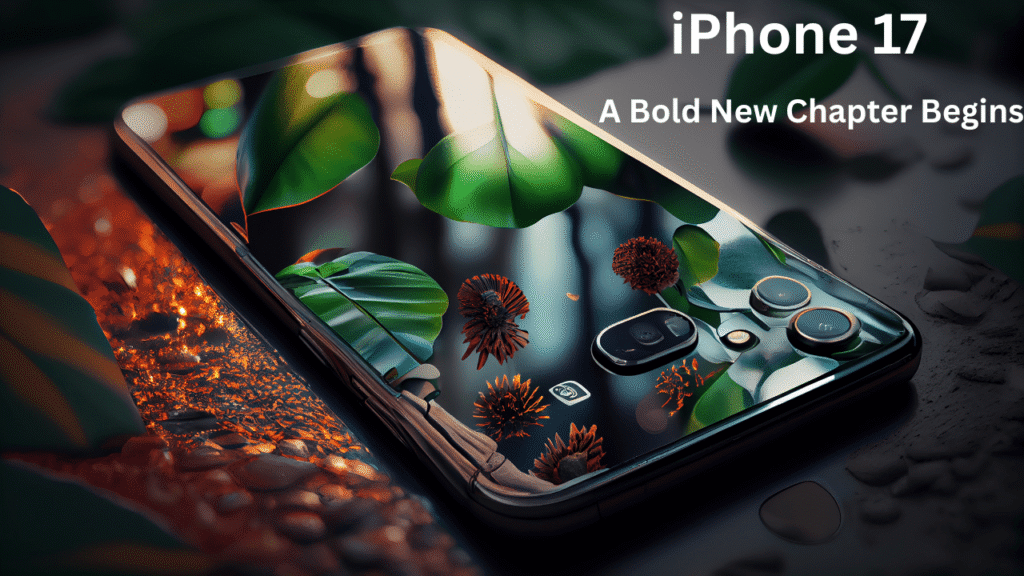
iPhone 17: Rumored specs and features
Beyond the camera and design, the iPhone 17 is shaping up to be Apple’s most balanced update yet. While there aren’t huge spec jumps on paper, the internal tuning could change everything. Expect smoother transitions, fewer overheating issues, and more intelligent app management. Apple seems to be focusing not only on hardware power but also on how that power is used—favoring smart performance over brute strength. Every component appears to work toward one goal: making the iPhone feel like it’s predicting your needs, rather than reacting to them.
Battery
Battery life may see a noticeable boost—not just from larger cells, but from more efficient chipsets and smarter iOS algorithms. Early leaks suggest users could see up to 2 extra hours of screen time on the Pro models. Apple might also introduce new power-saving modes that dynamically adjust brightness, refresh rate, and app behavior in real time. If true, that means less manual tweaking and more reliability throughout the day.
Design and display
Design-wise, Apple is rumored to further reduce bezels, refine corners, and introduce slightly curved edges on select models. Materials may be stronger, possibly including a new ceramic-glass hybrid for better durability. There’s also talk of a new anti-glare coating for the display, which would improve visibility outdoors. Combine that with higher peak brightness and subtle animations, and the iPhone 17 display could feel more immersive than ever.
Dynamic Island
The Dynamic Island, introduced last year, is reportedly getting a smarter layer of interaction. It may adapt based on your usage patterns, suggesting shortcuts or showing contextual info. For example, if you usually order food at noon, the Dynamic Island could show Uber Eats status without you even opening the app. It’s a subtle shift, but one that could make multitasking feel even more intuitive.
Processor
The iPhone 17 is expected to run on the new A19 chip, built on an improved 3 nm process. While Apple is focusing less on benchmark wins, the chip will likely prioritize sustained performance and thermal management. This means your phone stays fast—and cool—even under demanding tasks like 4K video editing, mobile gaming, or AR apps. Expect smoother, more responsive animations and better background process handling.
Charging
Charging is set to improve across the board. Faster MagSafe charging—potentially up to 20W wireless—and upgraded wired charging up to 35W could be introduced. Apple may also add smarter temperature control during charging to preserve battery health. Combined with USB-C and more powerful adapters, this means significantly faster top-ups when you’re low on power.
RAM
For the first time, Apple may give Pro models up to 12GB of RAM, finally catching up to multitasking demands in pro workflows. This would greatly benefit video editors, creatives, and gamers. Base models might still stick with 8GB but use smarter memory management in iOS to optimize performance.
Wireless
Wi-Fi 7 and a next-gen Bluetooth protocol could bring better range, speed, and lower power usage. This is especially important for Apple’s growing ecosystem—like Vision Pro and the Watch Ultra. Seamless handoffs, stable streaming, and faster AirDrop experiences may come baked into the iPhone 17’s wireless stack.
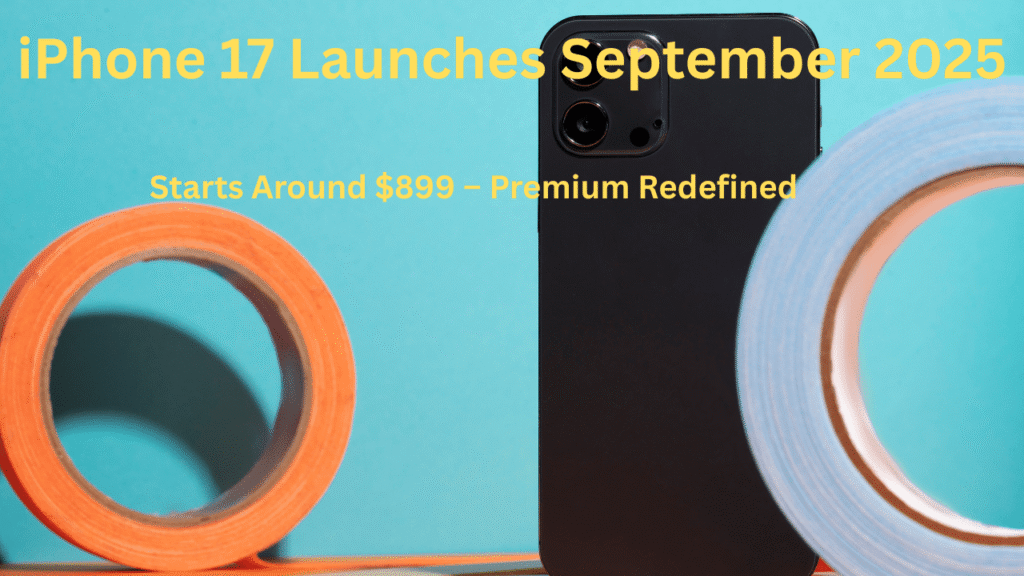
Explore Frequently Asked Questions
Will the iPhone 17 be released in 2025?
Yes, based on Apple’s consistent launch schedule, the iPhone 17 is expected to be announced in September 2025, likely during the second or third week of the month. Shipping usually begins a week after the keynote event.
What is the starting price of the iPhone 17?
While Apple hasn’t confirmed official pricing, early leaks suggest a starting price of around $899 for the base model. The iPhone 17 Air may fall slightly below that, while the Pro and Pro Max models could push well past $1,099.
Is there really a thinner iPhone coming?
Yes. Apple is reportedly launching a new model called the iPhone 17 Air, which will be significantly slimmer and lighter than any previous iPhone—targeting users who value portability and minimalism.
Will the iPhone 17 have better battery life?
Improved battery performance is highly likely thanks to the more efficient A19 chip and potential battery cell redesigns. However, exact performance numbers will be clearer after release.
What colors will be available in the iPhone 17 lineup?
Leaks suggest soft pastel shades for the standard iPhone 17, while Pro models may get exclusive titanium-based tones like Deep Blue, Graphite, and Desert Titanium. The Air model could introduce a new matte silver or rose-tinted finish.
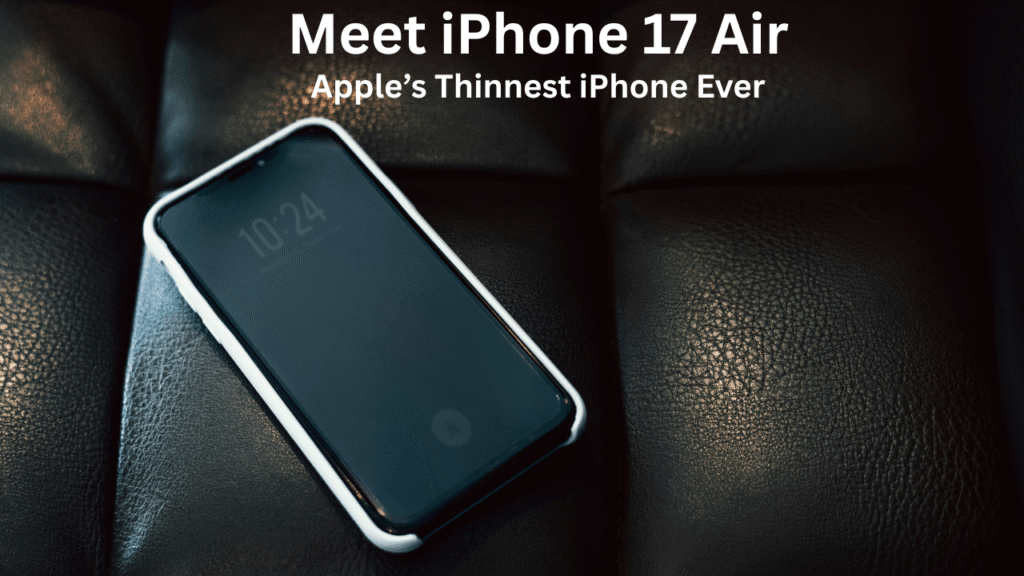
iPhone 17 software: What was announced at WWDC?
At WWDC, iOS 19 stole the show with features designed to match the iPhone 17’s hardware. Widgets are now live and interactive, letting you use mini-apps without opening anything. Siri has become faster and offline-capable for basic tasks. FaceTime introduces “Presence View,” a spatial layout that feels more immersive. The entire system runs cleaner, looks sharper, and seems to finally close the gap between simplicity and power.
📱 iPhone Manufacturing History (Year-by-Year Timeline)
2007
- iPhone (Original/2G) – Launched June 29, 2007
Apple’s first iPhone revolutionized smartphones with a touchscreen, internet browsing, and iPod functionality in one device.
2008
- iPhone 3G – Launched July 11, 2008
Introduced App Store and 3G connectivity.
2009
- iPhone 3GS – Launched June 19, 2009
“Twice as fast” with video recording and improved performance.
2010
- iPhone 4 – Launched June 24, 2010
New design, Retina display, and front-facing camera (FaceTime debut).
2011
- iPhone 4s – Launched October 14, 2011
Introduced Siri and an upgraded 8MP camera.
2012
- iPhone 5 – Launched September 21, 2012
First with Lightning connector and a taller 4-inch screen.
2013
- iPhone 5s – Launched September 20, 2013 (Touch ID debut)
- iPhone 5c – Launched September 20, 2013 (Colorful plastic shell)
2014
- iPhone 6 – Launched September 19, 2014
- iPhone 6 Plus – First large-screen iPhone (5.5”)
2015
- iPhone 6s – Launched September 25, 2015
- iPhone 6s Plus – Introduced 3D Touch
2016
- iPhone SE (1st gen) – Launched March 31, 2016
- iPhone 7 – Launched September 16, 2016 (no headphone jack)
- iPhone 7 Plus – Dual rear cameras
2017
- iPhone 8 / 8 Plus – Launched September 22, 2017
- iPhone X – Launched November 3, 2017
First OLED iPhone, Face ID, edge-to-edge screen
2018
- iPhone XR – Budget OLED with multiple colors
- iPhone XS / XS Max – Top-tier dual-SIM OLED phones
2019
- iPhone 11 – Dual camera, Night Mode
- iPhone 11 Pro / Pro Max – Triple camera, Super Retina XDR display
2020
- iPhone SE (2nd gen) – April 24, 2020
- iPhone 12 mini / 12 / 12 Pro / 12 Pro Max – October–November 2020
First 5G iPhones and flat-edge design
2021
- iPhone 13 mini / 13 / 13 Pro / 13 Pro Max – September 24, 2021
Improved battery life, smaller notch
2022
- iPhone SE (3rd gen) – March 18, 2022
- iPhone 14 / 14 Plus / 14 Pro / 14 Pro Max – September 16 & October 7, 2022
Dynamic Island introduced on Pro models
2023
- iPhone 15 / 15 Plus / 15 Pro / 15 Pro Max – September 22, 2023
All models switched to USB-C, Pro Max added periscope zoom
2024
- iPhone 16 (expected) – Expected September 2024
Rumored improvements in AI, cameras, and ProMotion for all models
2025
- iPhone 17 (expected) – Expected September 2025
Likely includes slimmer iPhone 17 Air model, A19 chip, and deeper AI integration

